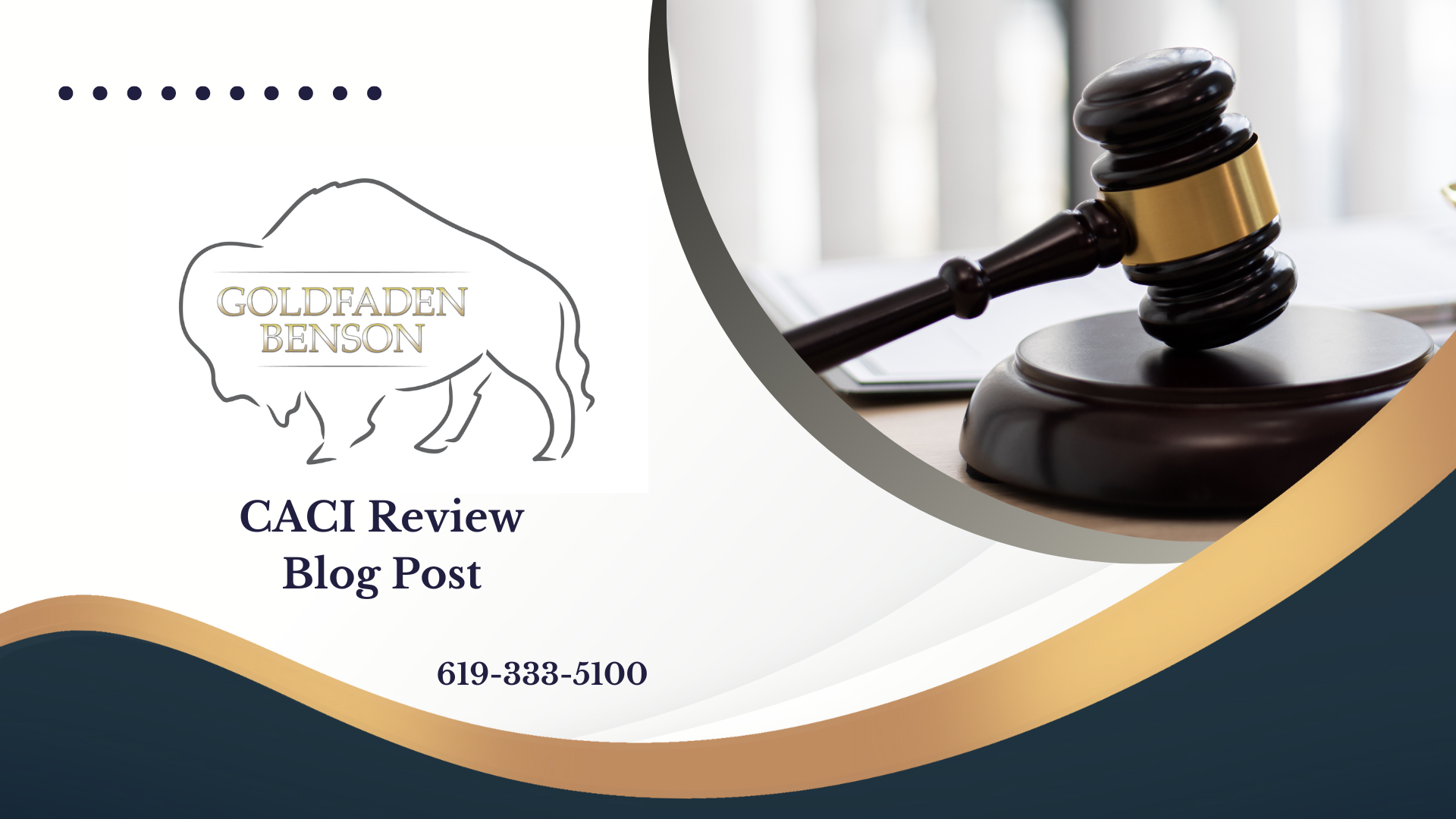Understanding Negligence in Personal Injury Cases
When it comes to personal injury law, one of the most common legal terms you’ll encounter is "negligence." This term is often tossed around in everyday conversations, but what does it really mean in the eyes of the law? Understanding the ins and outs of negligence is crucial for anyone who may find themselves amidst a legal dispute.
Negligence Basics
In California, negligence occurs when a person fails to act with the care that a reasonably prudent person would use in similar circumstances. This lack of reasonable care can lead to harm suffered by another person. To establish negligence in a personal injury case, the injured party, known as the plaintiff, must prove four essential elements:
1. Duty of Care: The defendant owed a legal duty to the plaintiff to act reasonably.
2. Breach of Duty: The defendant failed to meet the standard of that duty.
3. Causation: The defendant's failure was a substantial factor in causing the plaintiff's injuries.
4. Damages: The plaintiff suffered actual harm or injury as a result.
For example, consider a scenario where a driver runs a red light and collides with another car. The driver had a duty to obey traffic signals, breached that duty by ignoring the red light, and if the other driver suffers injuries, those injuries could be traced back to the initial breach. This simple illustration encapsulates how negligence works and can lead to liability for injuries sustained.
What the Plaintiff Must Prove
To bring a claim for negligence, the plaintiff must conclusively prove all four elements listed above. Let’s break it down further:
- **Duty of Care**: Jurors will look at whether the defendant maintained a standard of care. For example, in a medical scenario, did a doctor act like a competent physician would under similar circumstances?
- **Breach of Duty**: Here, the focus is on the actions or inactions of the defendant. Did they ignore the warning signs of a potential hazard?
- **Causation**: This element focuses on connecting the dots. Did the defendant’s breach directly lead to the injuries? Proving causation often requires clear evidence, such as witness statements or expert testimony.
- **Damages**: Finally, it’s crucial to provide proof of the harm suffered. This could encompass medical bills, lost wages, or emotional distress.
Connect to Real Life
Imagine a shopper at a grocery store who slips on a wet floor. If the store had not put up warning signs or failed to clean it up in a reasonable time, they may be deemed negligent, leading to potential liability. Here, the injured shopper would need to prove all four elements of negligence to succeed in a claim against the store.
Why It Matters
Understanding these elements not only provides clarity for those considering a personal injury claim but also emphasizes the importance of gathering evidence early on. Whether you’re handling a car accident, a slip and fall, or a medical negligence case, knowing the law can help you navigate the complexities of your situation.
If you find yourself facing a personal injury issue and need assistance in proving your case, Goldfaden Benson is here to help. Our skilled attorneys are experienced in investigating the details surrounding negligence claims and can guide you through the legal process. To learn more about how we can assist you, feel free to reach out through our contact page.
Have you or someone you care about been injured due to someone else's negligence? Understanding your situation could make a significant difference in your outcome. Don't hesitate to consult with an attorney who can guide you through this challenging time.








